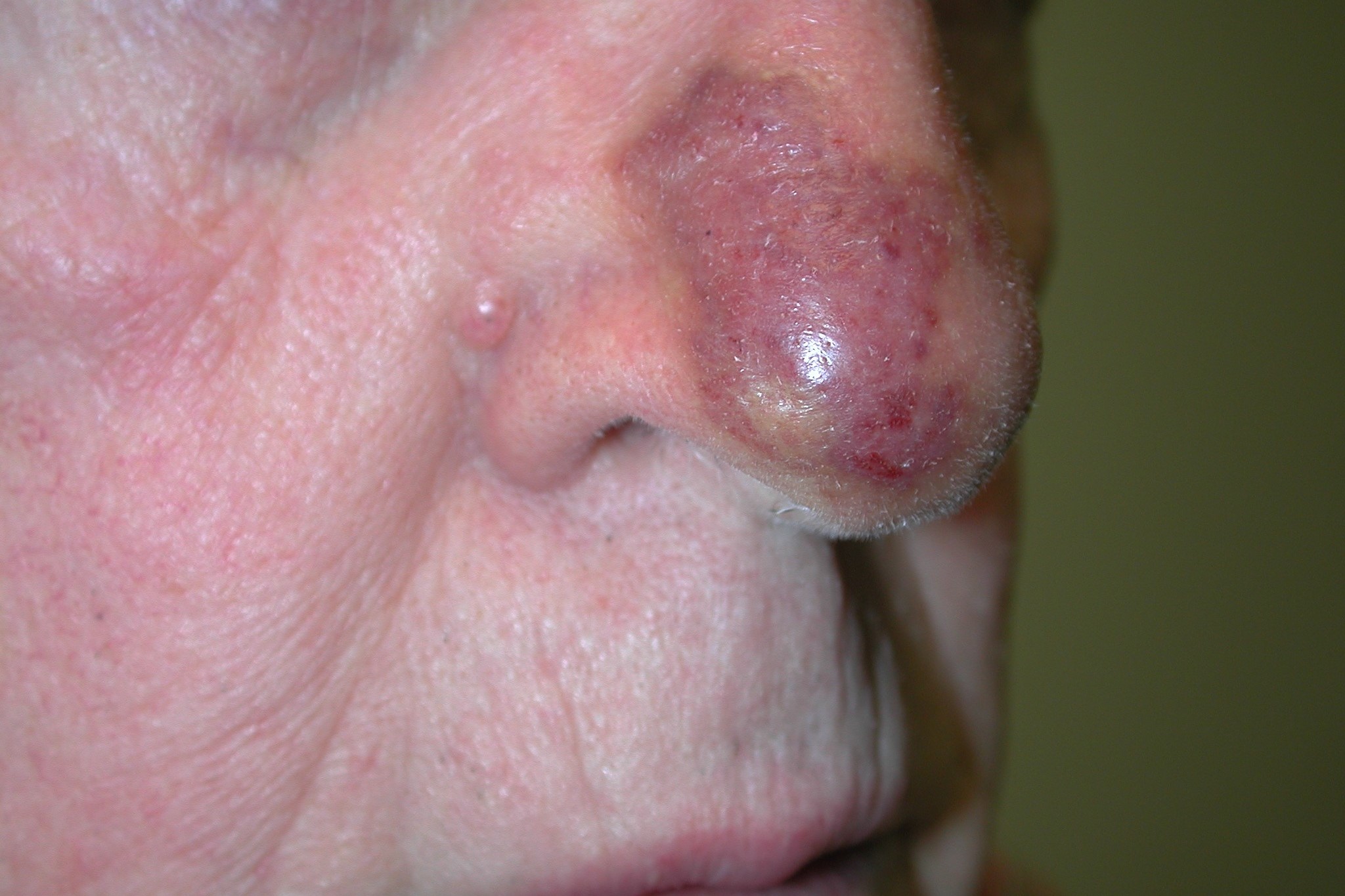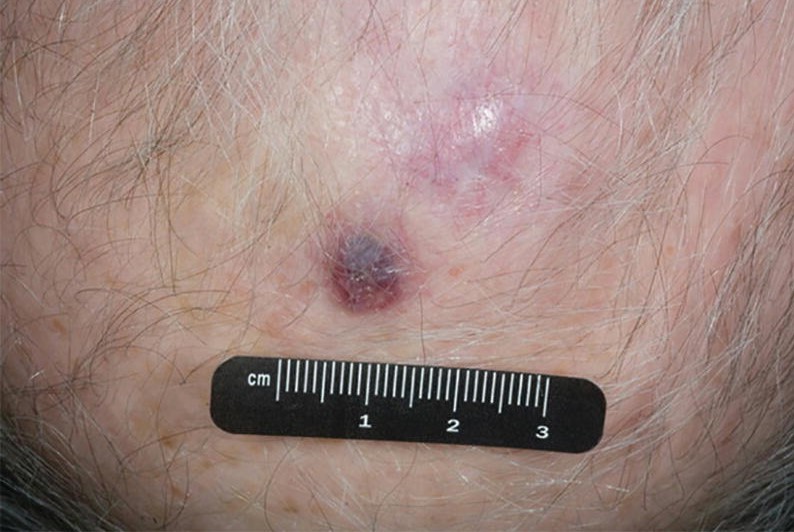
What is angiosarcoma? Symptoms, diagnosis and treatment of this rare form of cancer
Angiosarcoma is a rare form of cancer that arises from the tissue lining the walls of blood vessels and lymphatic vessels
Angiosarcoma can develop in any part of the body but most commonly attacks the skin, particularly of the head and neck
More rare forms of this tumour may involve the breast, soft tissues, heart, liver, spleen and bones.
Angiosarcomas can also occur in any part of the body previously treated with radiotherapy.
What are the causes of angiosarcoma?
The causes of angiosarcomas are still being investigated, but some established risk factors have been identified, such as: radiotherapy treatment, chronic lymphoedema, continued exposure to chemicals such as vinyl chloride, PVC, polyethylene or arsenic, and chronic exposure to sunlight.
What are the symptoms of angiosarcoma?
The symptoms of angiosarcomas vary depending on the area affected.
The most common angiosarcoma – affecting the skin – can manifest itself with symptoms that include irritation and swelling of the affected area and bloody lesions that increase in size over time.
Forms affecting the internal organs (heart, liver, etc.) can often cause painful symptoms.
Diagnosis of angiosarcoma
If an angiosarcoma is suspected, the specialist, after a thorough medical examination, will promptly request certain diagnostic tests based on the specific clinical features.
The most important of these is the taking of a tissue sample (biopsy) of the suspected lesion for histological analysis.
Treatments
Angiosarcomas are generally aggressive tumours associated with a high risk of relapse (recurrence) and spread to other organs (metastasis) and, therefore, have a very high mortality rate.
They are also often diagnosed late when they are already advanced.
In view of the rarity and clinical characteristics of angiosarcomas, their treatment should always be carried out in a centre specialising in the treatment of sarcomas.
The choice of the most suitable treatment depends on several factors, including the affected area, size and spread to other organs (stage) and may include surgery, radiotherapy and chemotherapy.
Cardiac angiosarcoma
This form of cardiac cancer affects the walls of the heart.
It is a very aggressive tumour that usually develops from the right atrium and then quickly involves the pericardium and develops metastases, particularly to the lungs.
Cardiac angiosarcoma can often remain asymptomatic until it has reached a significant size or has involved neighbouring structures.
If present, symptoms are usually non-specific and may include dyspnoea, weight loss, fatigue and pain; more specific cardiological symptoms, which usually appear later, may be due to arrhythmias, valve stenosis, heart failure, pulmonary embolisms, pericardial effusion and heart wall lesions.
Cardiac angiosarcoma very often has a poor prognosis, and treatment for this type of tumour is not standardised and may involve various combinations of surgery, chemotherapy and radiotherapy; in many cases treatment is given only for palliative purposes.
Read Also:
Emergency Live Even More…Live: Download The New Free App Of Your Newspaper For IOS And Android
Ulcerative Colitis: What Are The Typical Symptoms Of The Intestinal Disease?
Wales’ Bowel Surgery Death Rate ‘Higher Than Expected’
Irritable Bowel Syndrome (IBS): A Benign Condition To Keep Under Control
Intestinal Infections: How Is Dientamoeba Fragilis Infection Contracted?
Study Finds Link Between Colon Cancer And Antibiotic Use
What Is Sigmoidoscopy? What To Expect When Undergoing This Test
Colorectal Cancer, Instructions For Use: How To Recognise, Treat And Prevent It



